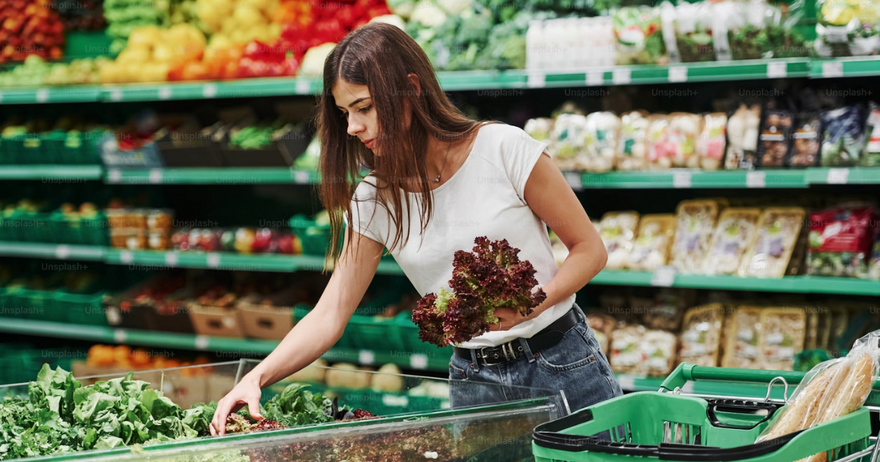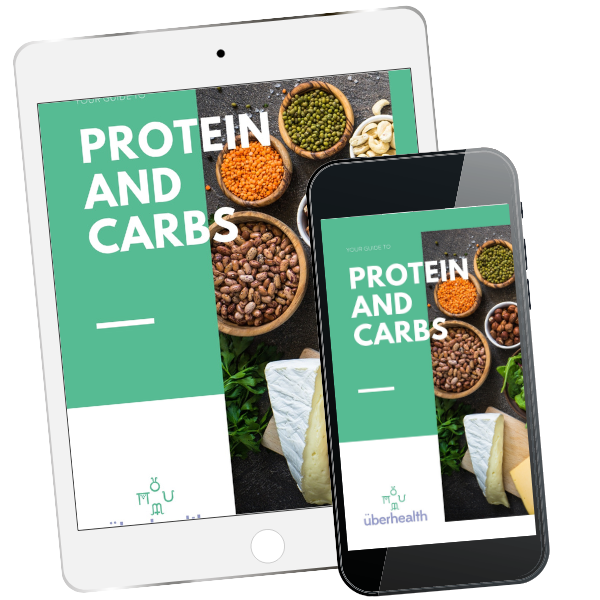Whole Foods & A Healthy Diet: Nature’s 7 Healers

Your Final Challenge in the Series
Can you believe we’re halfway through the year already? The seasons have shifted, tax season has arrived (fun!), and we’ve finally reached the last of Nature’s 7 Healers: Whole Foods and a Healthy Diet.
Over the past six months, we’ve taken on challenges to reduce tech before bed, soak up more sunshine, move more, drink more water, sleep better, and prioritise mental health. Some months have been easier than others—but the beauty is in the progress, not perfection.
This month, we shift our attention to what’s on our plate. And to set the tone, I want to share one of my all-time favourite quotes by food writer Michael Pollan:
“Eat food, not too much, mostly plants.”
– Michael Pollan, Food Rules
Simple advice. But somewhere along the way, eating well got complicated. Between fad diets, macros, fasting windows, and nutrition trends, many of us have lost touch with the basics.
So, this month I’m challenging you (and myself!) to take it back to the fundamentals. No matter your food philosophy—vegan, paleo, keto, flexitarian, or anything in between—these three nutrition challenges will help you eat more whole foods, support gut and immune health, and get you out of that mid-year food rut.
The 3 Nutrition Challenges
1. Eat the Rainbow (Every Day)
Your first challenge: include as many colours of vegetables and fruit as possible every day—especially red, orange, yellow, green, blue, and purple.
Why? Because each colour delivers a unique set of nutrients and antioxidants that support immunity, hormonal balance, and recovery. For example:
-
🟥 Red (tomatoes, raspberries): lycopene & antioxidants
-
🟧 Orange (carrots, sweet potato): beta-carotene & vitamin C
-
🟨 Yellow (corn, pineapple): vitamin A
-
🟩 Green (broccoli, kale): folate, iron, fibre
-
🟦 Blue (blueberries): anthocyanins & brain support
-
🟪 Purple (beetroot, eggplant): anti-inflammatory compounds
💡 Hot tip: Skittles don’t count. But roasted rainbow carrots or a fruit salad definitely do.
Take a quick look at your typical meals—what colour are you missing most? For many, it’s blue or purple. Challenge yourself to change that.
2. Aim for 40 Plant Foods a Week
This one’s my favourite—and the most fun.
Try to include 40 different fruits and vegetables each week. It sounds like a lot, but even different varieties of the same fruit count (Granny Smith and Fuji apples = two ticks!). Purple and orange carrots? Two ticks again!
The goal here is variety, which supports a diverse gut microbiome—the foundation of immune, mental, and digestive health.
📝 Track it for a week: Write down everything plant-based you eat. You might be surprised by how quickly you reach 40… or how stuck in a food rut you’ve become.
🌱 Need inspiration? Head to a farmers market or chat to your local greengrocer about seasonal produce. You might discover something new—like romanesco, purple cauliflower, or rainbow chard.
3. Check Your Protein Intake
Protein isn’t just for athletes. It plays a vital role in:
-
Maintaining and building muscle
-
Supporting hormone function
-
Keeping blood sugar stable
-
Powering the immune system
But how much is enough? That depends on your age, gender, and activity levels. For a tailored guide, I recommend checking Examine.com’s protein calculator.
My main challenge for you is this:
Check in with your protein variety.
Are you eating the same two sources on repeat (hello, chicken and eggs)? Try mixing things up with:
-
Animal: lamb, salmon, Greek yoghurt, eggs
-
Plant: tofu, quinoa, cashews, lentils, almonds
-
Combo meals: grain + legume pairings
It’s not about following a strict macro split—it’s about ensuring your body gets the building blocks it needs to repair, thrive, and feel strong.
Final Thoughts
This month isn’t about cutting things out or following the latest diet trend. It’s about observing, recording, and adjusting.
-
Are you stuck in a food rut?
-
Is your plate missing colour?
-
Could your gut flora use a bit more diversity?
Let’s focus on what we can add in—not just take away.
💬 Your challenge:
-
Eat the rainbow every day
-
Hit 40 plant foods a week
-
Mix up your protein sources
And if you’re up for a little extra accountability, I’d love to see how you're going!
📸 Tag me on Instagram using #Uberhealth40 and show off your colourful meals.
FREE RESOURCE


